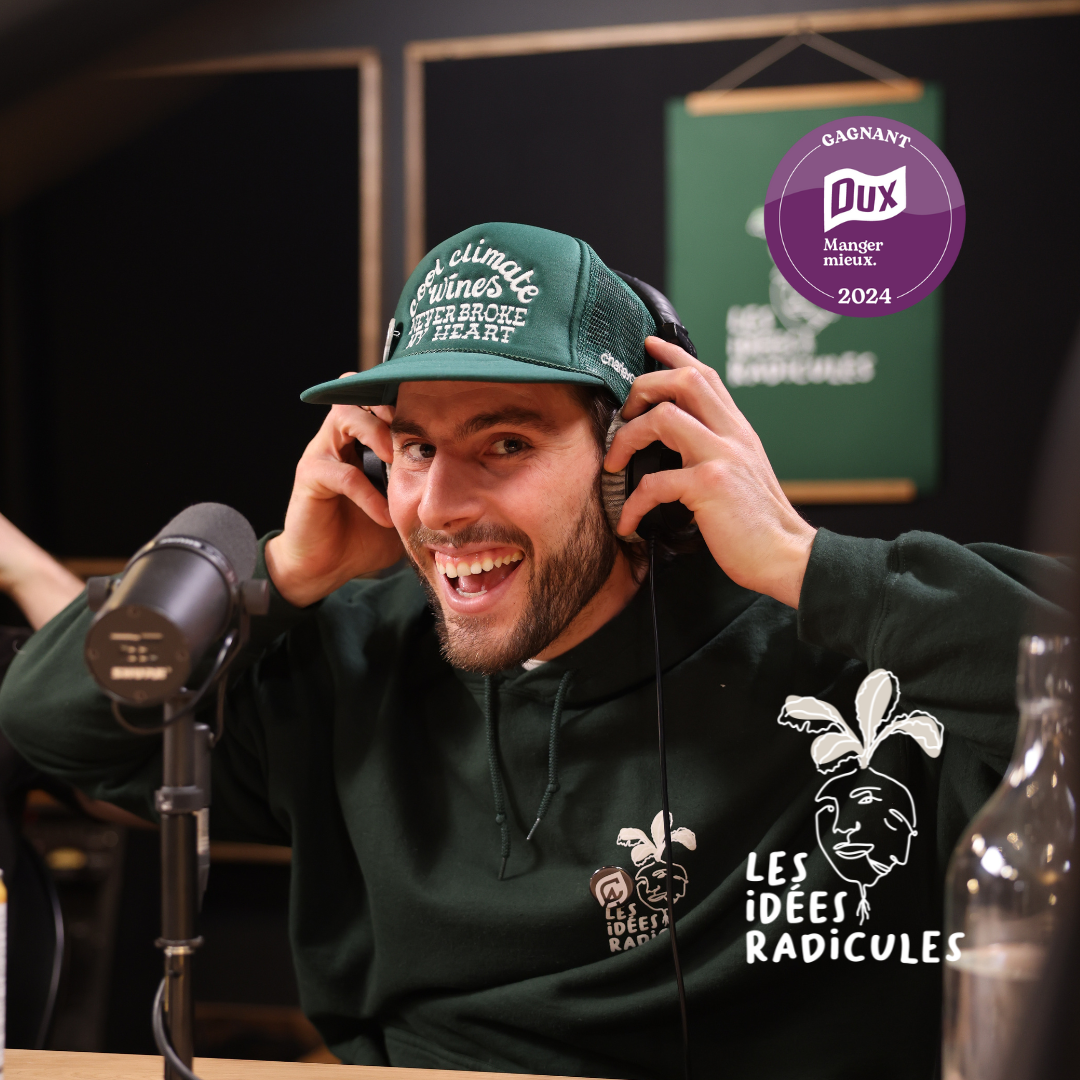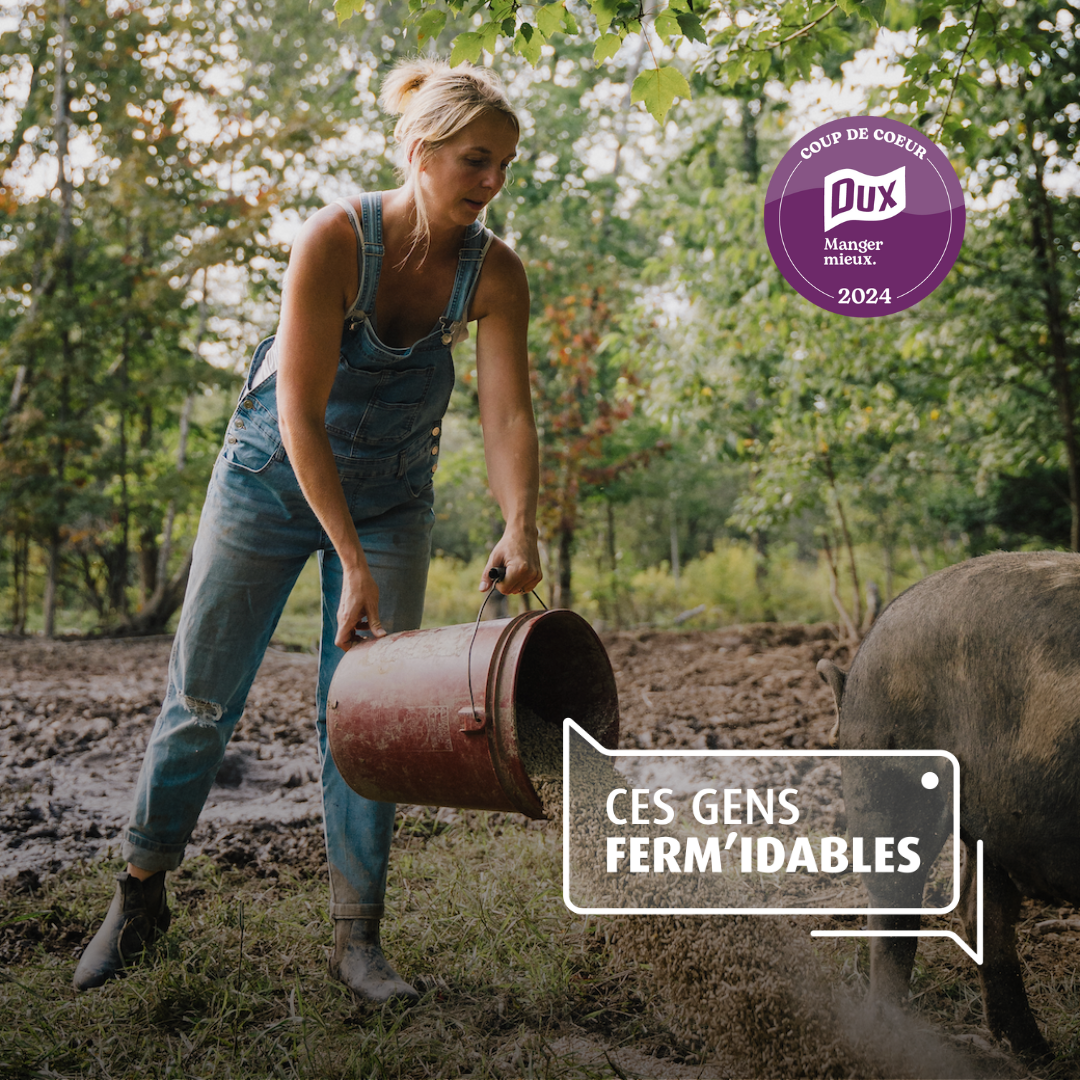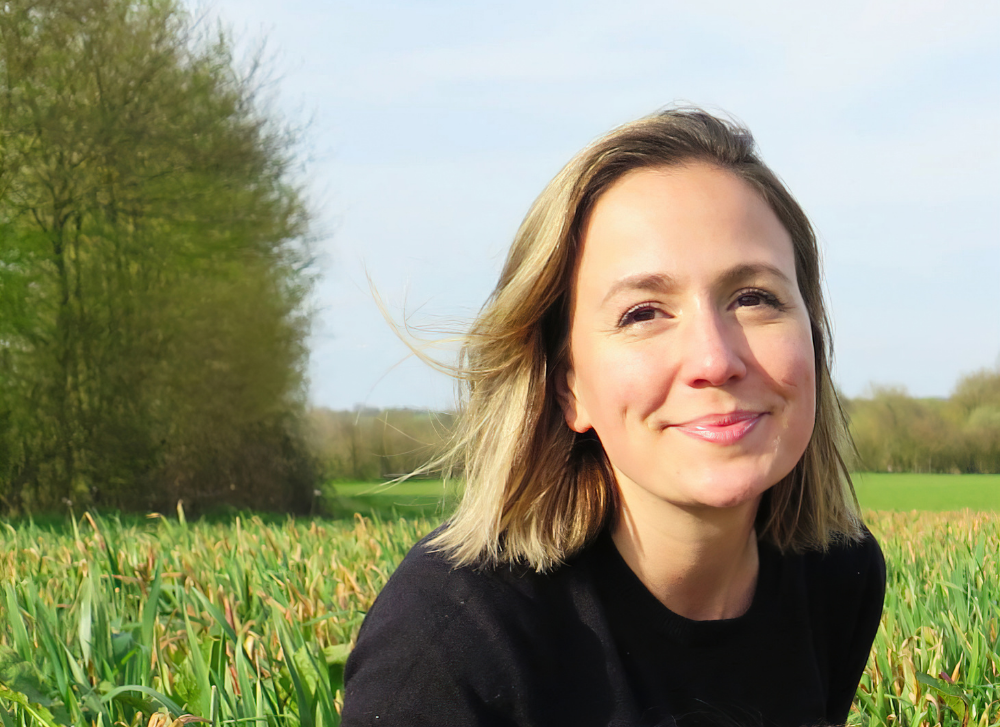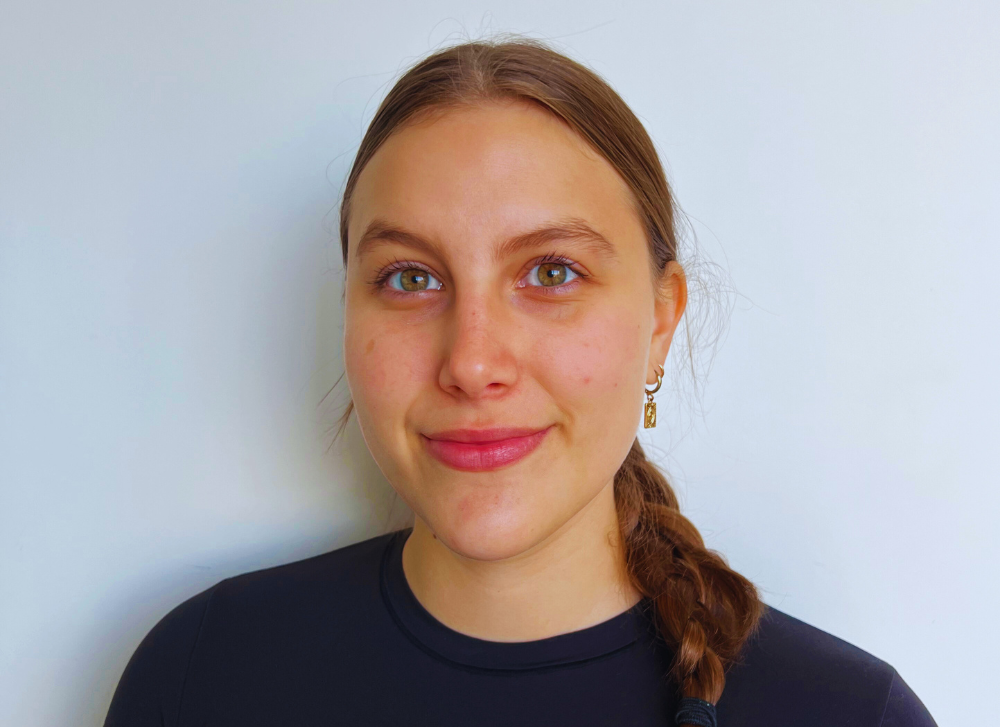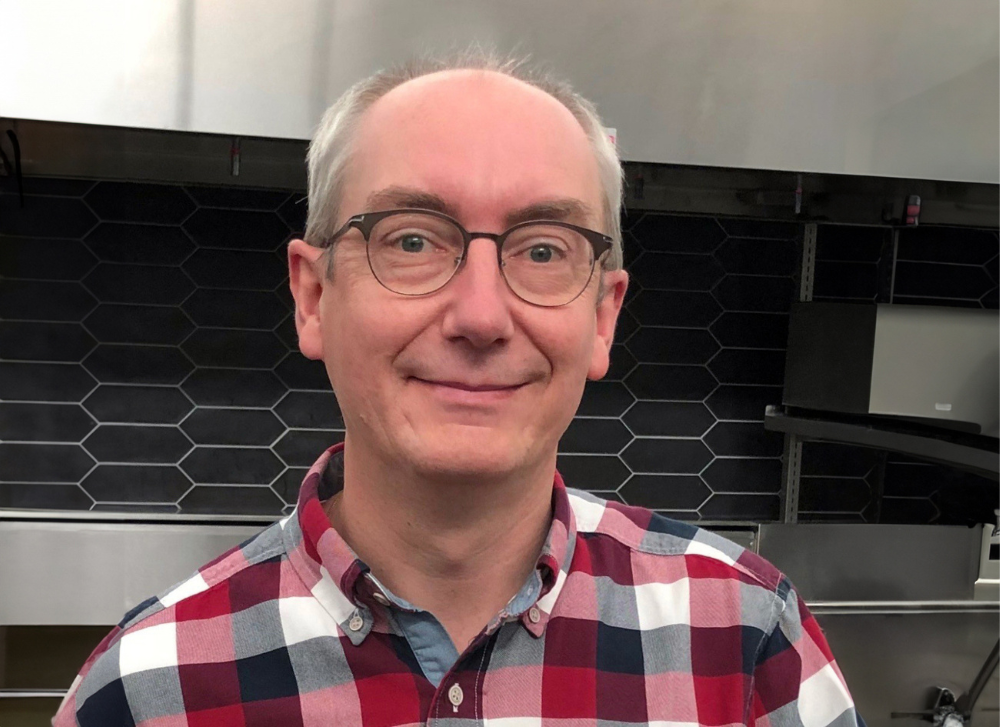The taste of nourishing earth
It's simple. During her youth, Marie-Élise Samson was literally passionate about horse riding. The young girl from Saint-Nicolas spent all her summers at an equestrian center. The rest of the year, don't ask her what she did on her weekends. She was galloping. At 19, having gone to work in Australia on a cattle farm, she was caught up in the scent of stables and found the pleasure of training polo horses there. Without really realizing it, Marie-Élise was already riding her future. Well saddled on her mounts which are also magnificent fertilizer factories, she will soon worry about the soil quality .
Registered in agronomy at Laval University, it was by following the course Genesis and classification of soils that she will fall in love at first sight. Fascinated by discovering under her feet all the interactions of chemical, biological and physical processes, Marie-Élise invested herself in the field and won the very prestigious Vanier Canada Graduate Scholarship for her research on the cycle organic matter in agricultural soils. After all, 95% of what we eat comes from it.
“ When we produce food, the elements that go into the plant do not return to the soil. If we just extract year after year, the system becomes exhausted. »
Today, the one who teaches the course that made her fall in love with the soil is concerned about the fate that has been reserved for this inestimable wealth. In recent decades, intensive agriculture and increasingly heavy machinery have seriously altered the soil. So much so that on the planet, 30% of arable land is in poor condition and there is a decline in productivity on 20%. And when we know that it takes between 100 and 1000 years to cover a single centimeter of soil…
“By cultivating, if we don't worry about bringing life back to the soil, they become poorer. Our intensive monoculture production methods as well as the green revolution have ensured that 25% of cultivated areas in Quebec have less than 4% organic matter, a worrying threshold. It is not a renewable resource. When we produce food, the elements that go into the plant do not return to the soil. If we just extract year after year, the system becomes exhausted. »
The young 34-year-old researcher does not despair, however. She also doesn't blame farmers competing with foodstuffs that come from everywhere. She knows well that profitability is at the heart of their concerns and that changing practices when you have always done things a certain way involves risks.
To ensure the sustainability and resilience of our agri-food systems, Marie-Élise Samson believes that changes must involve several actors. While she recognizes that there are still too few agronomy students who choose to specialize in soil management, she deplores the lack of internalization of the social and environmental costs of production. She even predicts that countries that pay attention to this precious resource will have a big advantage in the face of future droughts and floods.
It is not for nothing that she tirelessly continues to move heaven and earth to unravel the mysteries of biogeochemistry. By juggling the particle size composition, structure, aggregates, macropores, gas exchange, water infiltration and retention and biodiversity stocks, Marie-Élise intends to find cultural practices that will maximize the amount of carbon sequestered in the soil. In short, a soil full of CO2 is a healthy pantry. It is about the belly of humanity.


